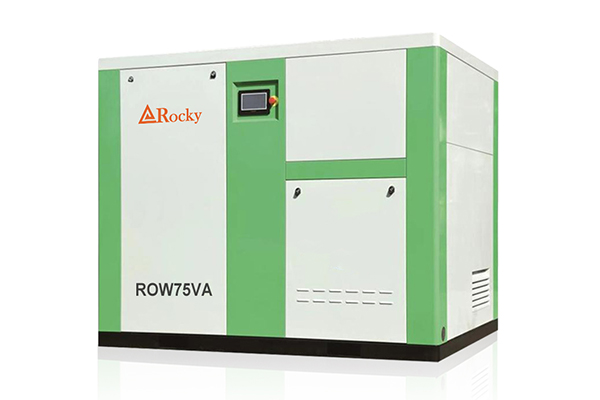
The hydrogen compressor can choose piston type, diaphragm type, centrifugal type and so on. Hydrogen compressor is an important equipment for drying posts, and reliable work must be ensured when the rectifier device is running, which is the focus of electrical maintenance work. Understanding the working principle of the hydrogen compressor and encountering problems in the maintenance work can avoid misjudgments, quickly solve the problems, and minimize unplanned shutdowns of the equipment.
The hydrogen compressor uses compressed air and relies on compressed air to achieve supercharged low-pressure hydrogen. The pressure of the low-pressure air is converted into the pressure of the high-pressure hydrogen through the hydrogen compressor, and the pressure is infinitely adjustable. The pressure of the pressurized hydrogen can be adjusted by adjusting the pressure of the driving gas source. It can achieve compression of low-pressure hydrogen and can be used for laboratory hydrogenation reactions. And the use of hydrogen cycle test.
The hydrogen compressor has the following characteristics:
(1) The working pressure range is large. Different types of pumps can be selected to obtain different pressure areas, and the input air pressure and the output air pressure can be adjusted accordingly. It can reach extremely high pressure, 300Mpa for liquid and 90Mpa for gas.
(2) The flow range is wide. For all types of pumps, only 1Kg air pressure can work smoothly. At this time, the minimum flow can be obtained, and different flow can be obtained after adjusting the air intake.
(3) Easy to control, from simple manual control to complete automatic control can meet the requirements.
(4) Automatic restart, no matter what causes the pressure of the pressure holding circuit to drop, it will automatically restart to supplement the leakage pressure and keep the circuit pressure constant.
(5) Safe operation, gas-driven, no arc or spark, and can be used in hazardous situations.
(6) Energy saving up to 70%, because maintaining pressure does not consume any energy.